Harry Kane could be England's last world-class striker for a long time to come.
Kane made his England debut in March 2015, replacing Wayne Rooney against Lithuania at Wembley, scoring after just 80 seconds. The two strikers both started at Euro 2016, which was also the Man Utd striker's final international tournament. Eight years later, Kane broke Rooney's all-time England goalscoring record.
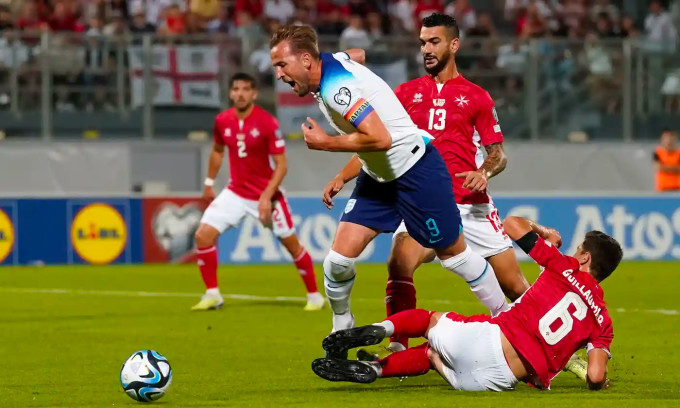
Harry Kane (in white) won a penalty and scored his 56th goal for England in the match against host Malta in Group C of the Euro 2024 qualifiers on the evening of June 16, 2023. Photo: PA
Rooney made his England debut in February 2003, replacing Michael Owen in a friendly against Australia in London. Two months later he started alongside Owen, and the pair played together at Euro 2004 and the 2006 World Cup - Owen's final international tournament.
Owen made his England debut against Chile in February 1998, playing alongside Alan Shearer for the final 30 minutes. Owen played his first international match at the 1998 World Cup, where he partnered Shearer twice. At Euro 2000, the pair played all three games before Shearer retired from international football.
Shearer made his international debut in a friendly against France in February 1992 at Wembley, where he and Gary Lineker both scored. Shearer made his international debut at Euro 1992 that summer, playing alongside Lineker. This was Lineker's last international tournament, after eight years of international service.
For nearly 40 years, English football has produced world-class strikers, with a sense of legacy. When one player passes away, another young talent emerges to succeed him. Kane has just set a record of 56 goals for England, and the country's media is starting to ask who will replace the 30-year-old striker.
England are preparing for the European Under-21 Championship in Georgia with just one natural striker, Cameron Archer. More established attackers such as Morgan Gibbs-White, Emile Smith Rowe and Jacob Ramsey are all attacking midfielders or wingers.
Kane could still play for another five years, and still maintain his form. Five years ago when Rooney retired from the national team, no one thought Kane could replace him. So who knows, English football may still have a successor to Kane who has yet to emerge.
However, if you look at domestic strikers in the Premier League, Kane stands alone.
Last season, Kane scored 30 goals in the league, the most of any English player. The next player was Ivan Toney, who scored 20 goals, 10 fewer than Kane. In the last 10 seasons, Kane has scored 210 goals, 74 more than the second-placed Jamie Vardy.
Nearly 30 years ago, England had a squad of strikers who could all score around 20 goals a season, such as Shearer, Chris Sutton, Teddy Sheringham, Andy Cole, Ian Wright, Matt Le Tissier, Robbie Fowler, Les Ferdinand and Stan Collymore. The chart above shows that the proportion of Premier League goals scored by homegrown strikers has more than halved over the past 30 years.
Why has the scoring rate of English strikers dropped so much? Part of the reason could be found everywhere.
Football has changed dramatically in the last 20 years, with the familiar 4-4-2 system moving to a single striker. The success of teams using 4-4-2, such as Atletico Madrid and Leicester, has become increasingly rare in recent years. With the number of strikers on the pitch halved, the playing opportunities for English strikers have also decreased.
In the past, English teams tended to use two strikers with different qualities. One was tall to act as a wall, the other was quick to make runs, as was the case with Niall Quinn and Kevin Phillips at Sunderland, or Owen and Emile Heskey at Liverpool.
But when the attack has only one striker, the role of this player must also change. They not only need to penetrate the penalty area and score goals, but also need to regularly drop back to support the ball development. Not all young players are so well-rounded, even Erling Haaland, who still needs to improve his ability to coordinate with his teammates. There are strikers who coordinate the ball well with their teammates, but lack the instinct to smell a goal. At the 2022 World Cup, 60% of goals were scored from one-touch tap-ins within 5.5m of the goal. The skill of choosing the right position to tap-ins from close range is not something that every striker possesses from a young age.
Strikers who can balance the two tasks mentioned above are called "false 9" or "9 and a half". Roberto Firmino is an example, as he contributed significantly to Liverpool's success in recent years.
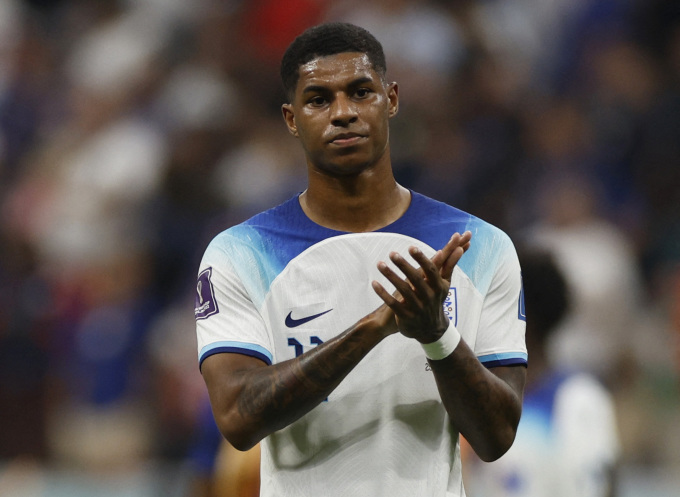
Striker Marcus Rashford after the England vs USA World Cup group stage match at Al Bayt Stadium, Al Khor city, Qatar on November 25, 2022. Photo: Reuters
The centre-forwards have to pull back, which is an opportunity for the wide players to come in and score, like Sadio Mane, Mohamed Salah, Bukayo Saka, Son Heung-min, Vinicus Junior or Kylian Mbappe. They can also play centrally, but they are not as good as the centre-forwards.
Young strikers cannot quickly perfect the skillset of a modern striker. Therefore, top-level European football still has a place for veteran strikers such as Robert Lewandowski, Olivier Giroud or Karim Benzema. "Young players want to develop all the skills of a striker, it takes a lot of time," former England U18 coach Kevin Betsy explained.
Kane’s first few years at Tottenham were spent on apprenticeships in the lower leagues, with Leyton Orient, Millwall, Norwich and Leicester all scoring just 16 goals in four years. Back then, no one thought Kane was capable of leading Tottenham’s attack, let alone reaching the world level. “No one thought Kane would reach this level,” says Tottenham’s head of player recruitment Richard Allen.
Teams are increasingly looking to control the ball, and need more midfielders to do so. So they are cutting back on strikers and even defenders to keep the ball. “Very few Premier League teams play with two strikers, so academies are changing their training strategies,” Betsy adds. “If there are two No. 9s, only one will start.”
The English youth development strategy changed when the Premier League introduced the Elite Player Development Plan (EPPP) in 2012, when tiki-taka was at its peak. Terry Westley, former head of the Birmingham and West Ham academies when EPPP was introduced, explains that many people thought England did not have the technical players that Spain or Portugal had. So the academies followed the EPPP strategy, developing players with all-round technique. "Goalkeepers and full-backs have to play more with their feet, midfielders have to hold the ball and pass more short, and strikers have to play deeper. And that has paid off," says Westley.
However, the EPPP has not been effective in developing goalscorers. In 2015, manager Arsene Wenger warned that the route could harm strikers. "The best strikers come from South America," he said at the time. "Because before they play on the pitch, they play football in the streets, constantly bumping into each other. A 12-year-old often plays with a 16-year-old, increasing their fighting spirit with a striker. European academies are now only training technical players, when they need a specialization strategy."
Eight years on, teams are starting to listen to Wenger. Brighton have added a new scouting specialist to their centre-forward ranks. They have introduced a traditional centre-forward in 19-year-old Evan Ferguson, who scored 10 goals in 25 games last season.
If Brighton succeed with Ferguson, other teams may change their strategy. If not, England face a future without a top striker.
Xuan Binh (according to Athletic )
Source link


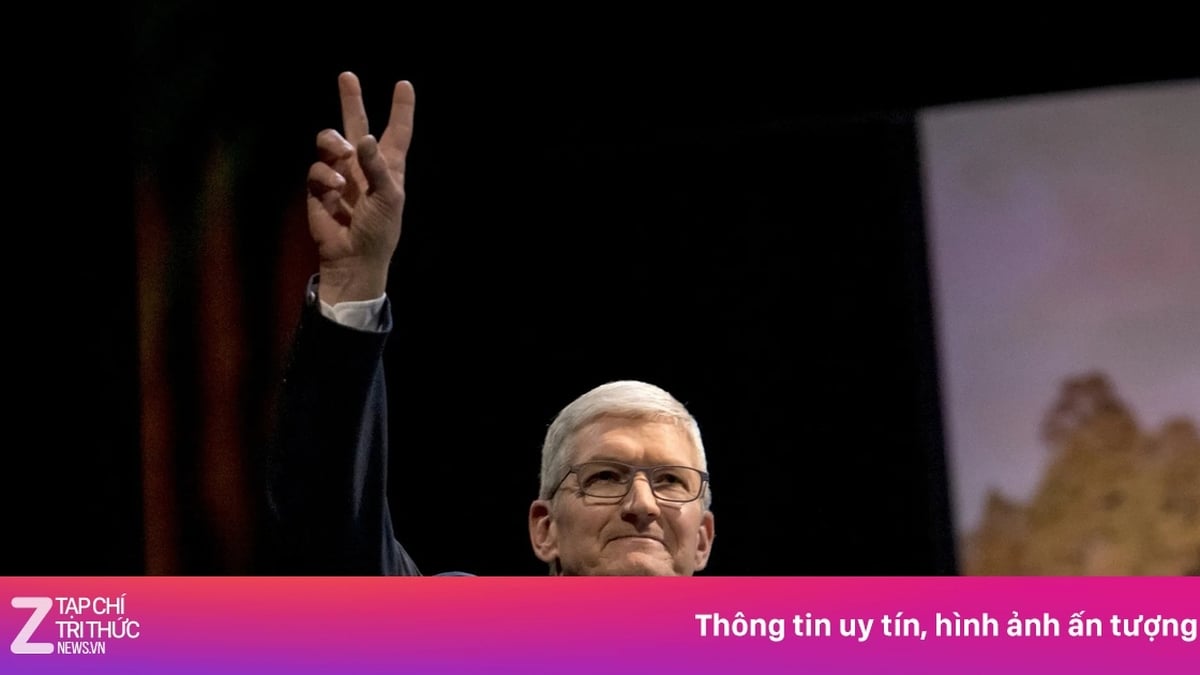




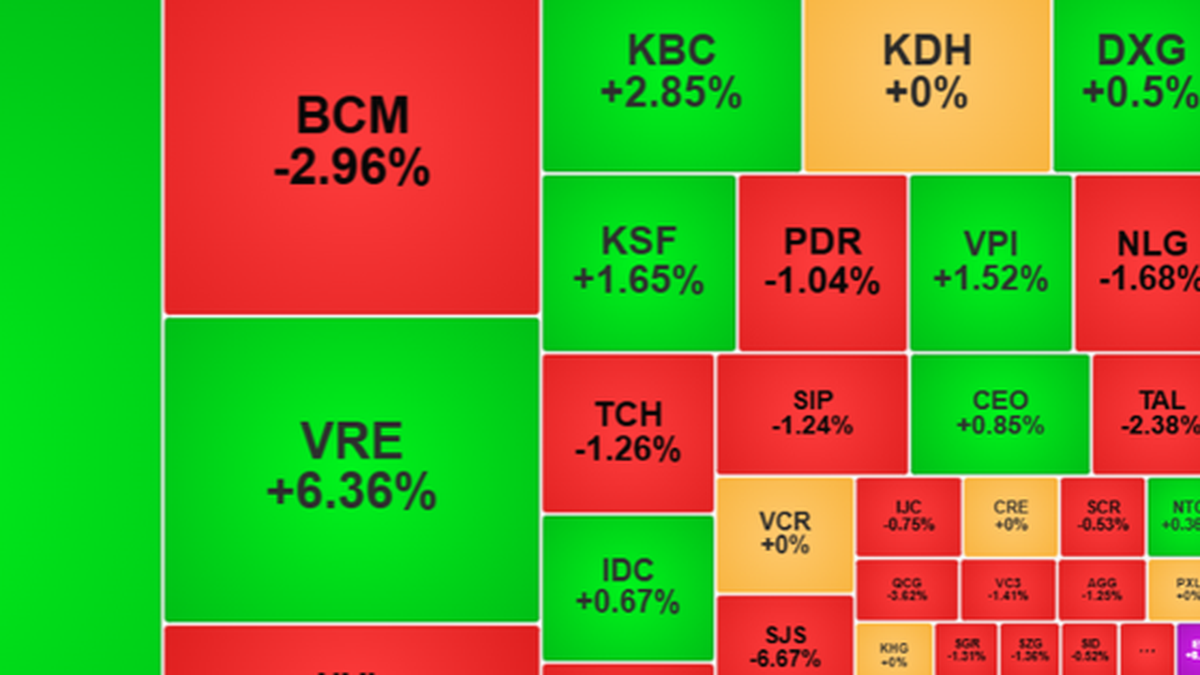



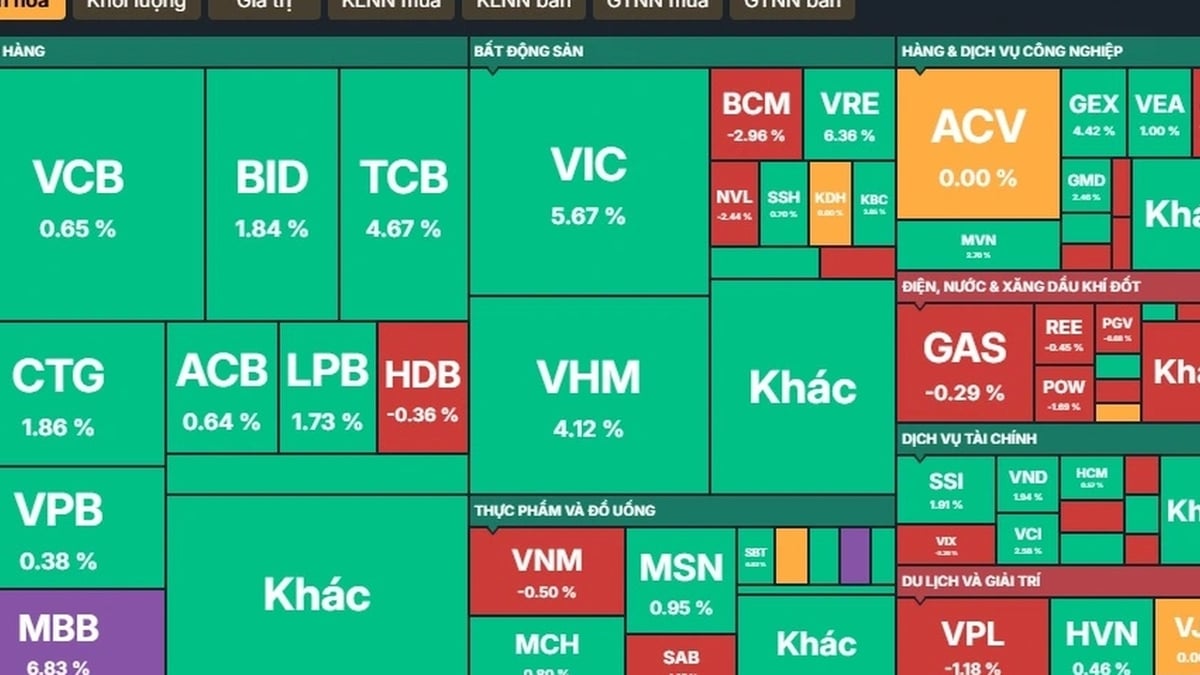
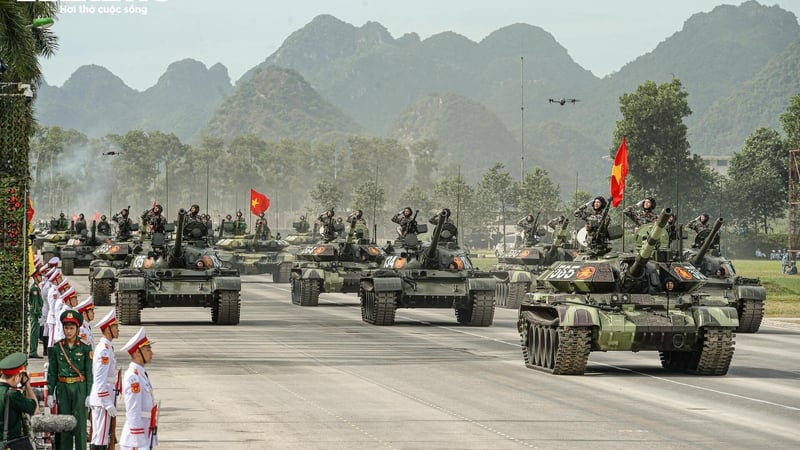










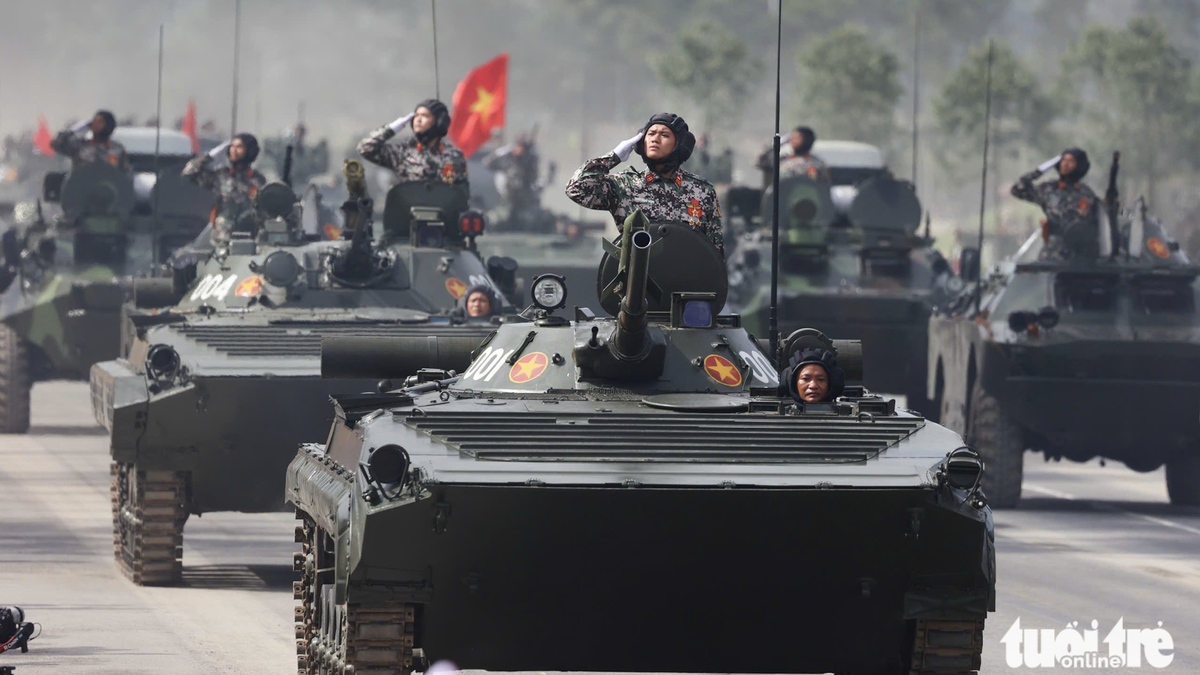









































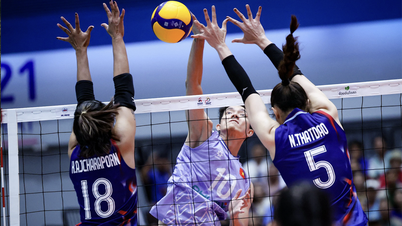

































Comment (0)